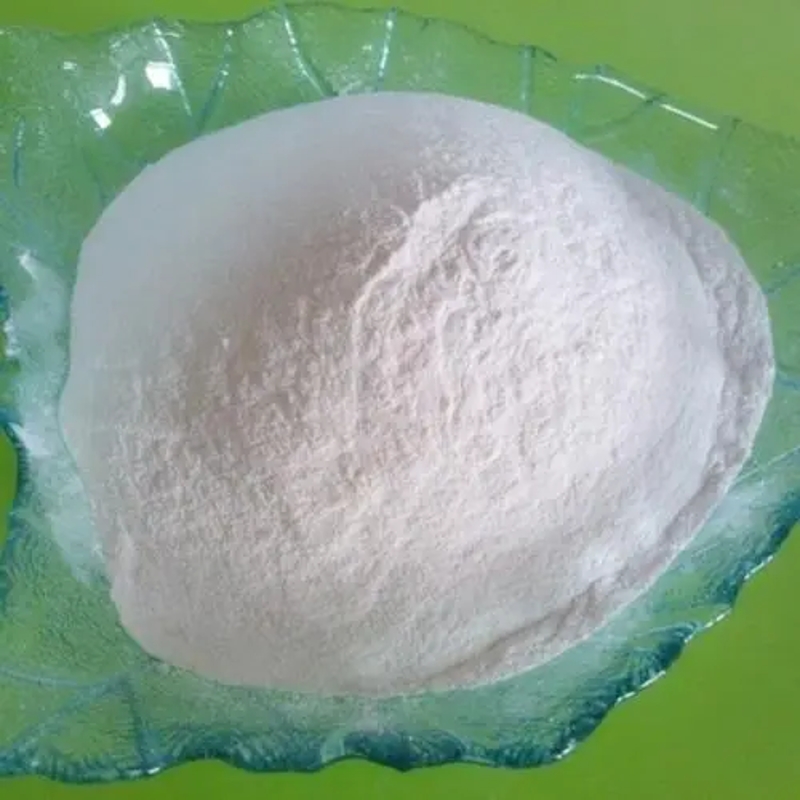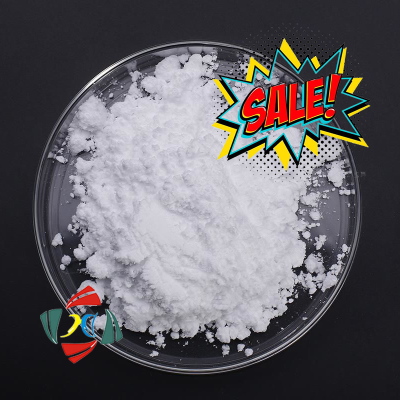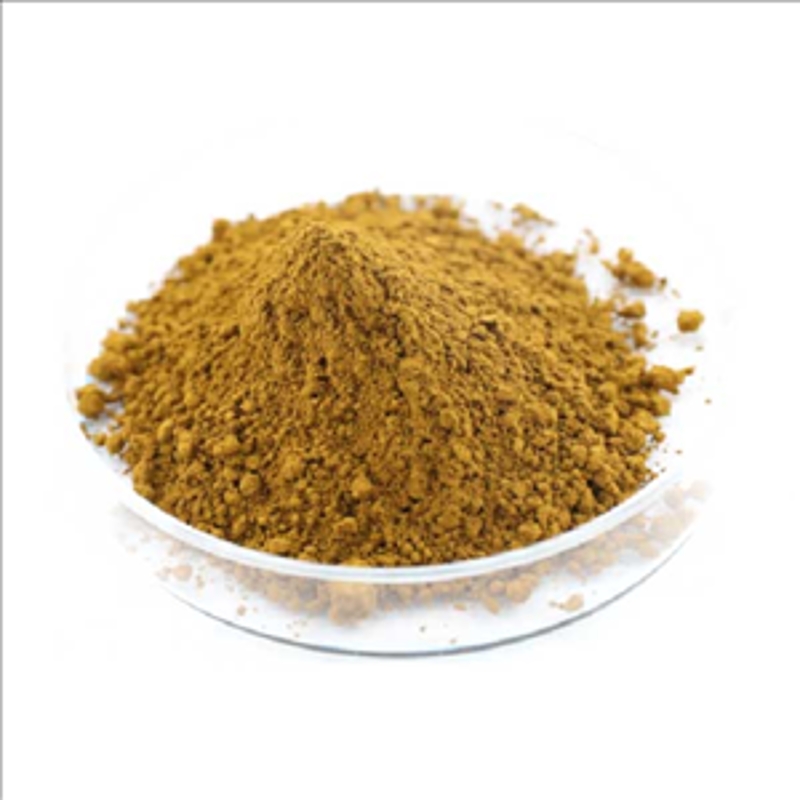"Guidelines for primary diagnosis and treatment of gout and hyperuric acid (2019)" was published! Guide sharing.
-
Last Update: 2020-07-21
-
Source: Internet
-
Author: User
Search more information of high quality chemicals, good prices and reliable suppliers, visit
www.echemi.com
Yimaitong is edited and written by yimaitong. Please do not reprint it without authorization.Introduction: in recent years, hyperuricemia and gout have become common chronic diseases, and the construction of hierarchical diagnosis and treatment system has also promoted grass-roots doctors to become the main force in the diagnosis and treatment and management of such patients."guidelines for primary diagnosis and treatment of gout and hyperuricemia (2019)" provides reference for grass-roots doctors to standardize clinical practice. The following is the drug treatment content of the guidelines on primary gouty arthritis and reducing uric acid. General principles: patients in acute attack period can rest in bed, immobilize the affected limbs, apply local cold compress, and give drugs to control inflammation as soon as possible (the earlier use, the better analgesic effect).for recurrent chronic gouty arthritis, grassroots doctors need to sort out other complications or complications besides arthritis, and strictly master the use of conventional anti-inflammatory drugs and possible adverse reactions.if it is still uncertain after screening and carding, the patient can be instructed to immobilize the joint, apply local cold compress, and refer to the superior hospital as soon as possible.the 2012 ACR guidelines for gout diagnosis and treatment recommended that colchicine or nonsteroidal anti-inflammatory drugs (NSAIDs) are the first-line treatment drugs for acute gout attack, which need to be used as soon as possible. If colchicine and NSAIDs have contraindications, glucocorticoids can be considered.2 commonly used drugs: ① colchicine: the initial loading dose is 1.0 mg orally, and 0.5 mg is added after 1 h, and 0.5 mg, once or twice a day after 12 h.adverse reactions of colchicine increase with the increase of dose, and the common gastrointestinal reactions are nausea, vomiting, diarrhea, abdominal pain, etc., and the drug should be stopped immediately when symptoms appear; a few patients may have decreased white blood cell count, abnormal liver function and kidney damage.patients with renal insufficiency should be reduced as appropriate. The maximum daily dose of estimated glomerular filtration rate (EGFR) is 0.5 mg at 35-49 ml / min, 0.5 mg at 10-34 ml / min, once every other day. EGFR & lt; 10 ml / min or dialysis patients are prohibited.colchicine can cause bone marrow suppression. Pay attention to the monitoring of peripheral blood routine.② NSAIDs: if there is no contraindication, it is recommended to use NSAIDs quick acting preparations, such as etocoxib, diclofenac sodium, meloxicam, etc.patients with active peptic ulcer / bleeding or previous history of recurrent peptic ulcer / hemorrhage are absolutely contraindicated.some NSAIDs may increase the risk of cardiovascular events, which should be avoided in patients with myocardial infarction and cardiac insufficiency.NSAIDs need to be monitored in the use process, and it is not recommended for patients with chronic kidney disease.③ glucocorticoid: mainly used for severe acute gout attack with obvious systemic symptoms, renal insufficiency, ineffective colchicine and NSAIDs treatment or limited use.oral dose of prednisone 0.5 mg · kg-1 · D-1 for 5-10 days; or 0.5 mg · kg-1 · D-1 for 2-5 days, gradually reduce the dosage after symptoms improve, and stop within 7-10 days. Try to avoid the use of long-acting glucocorticoids such as dexamethasone.it should be used with caution for patients with diabetes mellitus and hypertension who are not well controlled, complicated with infection, have active peptic ulcer / bleeding or have a history of recurrent peptic ulcer / hemorrhage. *should be used to prevent and treat hypertension, diabetes, water and sodium retention, infection and other adverse reactions.primary level antiuricemic treatment 1. Suggestions of antiuricemic drug treatment: ① for gout patients who meet the following clinical conditions, we can start drug uric acid lowering therapy (special note: we need to pay attention to the adverse reactions of uric acid reducing drugs): ➤ gouty arthritis attacks ≥ 2 times / year.➤ one attack of gouty arthritis combined with any of the following: gouty stones, urinary stones, and more than 3 stages of chronic kidney disease (CKD).② the following patients are suggested to decide the treatment of reducing uric acid in combination with the opinions of specialists: gouty arthritis attack once with any of the following: ➤ age & lt; 40 years old.➤ uric acid & gt; 480 μ mol / L.➤ patients with hypertension, impaired glucose tolerance or diabetes, dyslipidemia, obesity, coronary heart disease, stroke, and cardiac insufficiency.③ for asymptomatic hyperuricemia patients (no arthritis attack, no clear cause of hyperuricemia), non drug treatment observation and follow-up are recommended. If the effect is poor in 6-12 months, referral can be considered.it is not recommended that primary doctors add uric acid lowering drugs. (1) titration: all uric acid lowering drugs should be started from small doses, and blood uric acid should be detected every 4 weeks or so, and the dosage should be increased slowly as appropriate until the blood uric acid reaches the standard.② reaching the standard: the target level of blood uric acid is the level of blood uric acid & lt; 360 μ mol / L.for patients with gout such as gout stone and chronic arthritis, the serum uric acid level should be & lt; 300 μ mol / L.during long-term treatment, serum uric acid & lt; 180 μ mol / L is not recommended.③ long term: long term medication, regular follow-up.check the level of serum uric acid regularly (3-6 months). When the serum uric acid is stable at the normal level, it can be gradually reduced.④ the dosage of uric acid lowering drugs used should not be adjusted in acute attack. The representative drugs for inhibiting uric acid synthesis are allopurinol and febuxostat.① allopurinol: it is recommended that the initial dose of allopurinol is 50 mg once, 1-2 times / day, with an increase of 50-100 mg each time. The general dose is 200-300 mg / D, which is divided into 2-3 times, and the maximum daily dose is 600 mg.➤ GFR & gt; is 75% of the conventional dose at 50 ml / min; ➤ 50% of the conventional dose when ➤ GFR is 10-50 ml / min; and ➤ GFR & lt; 10 ml / min or dialysis patients are prohibited. use the lowest effective dose to keep serum uric acid below the target level. the common adverse reactions of allopurinol were allergy, liver function injury and Hemogram inhibition. severe allergies (delayed vasculitis, exfoliative dermatitis, toxic epidermal necrolysis, etc.) are often fatal, and it is recommended to screen HLA ‐ b * 5801 gene if conditions permit. if genetic screening is not possible, you should carefully ask about the history of allergy, start with 50 mg / D or even less, observe carefully, and stop the drug once rash occurs. ② febuxostat: the recommended initial dose is 20-40 mg, once a day, with an increase of 20 mg each time, and the maximum daily dose is 80 mg. in recent years, there is no definite theory on the research results of febuxostat and cardiovascular safety. It is suggested that primary doctors should fully evaluate the use of febuxostat before choosing it. For patients with cardiovascular diseases or high-risk factors, it is necessary to consult a specialist to make a decision as to whether it must be used or not, and pay attention to monitoring the condition. The representative drug of uric acid excretion is benzbromarone. patients with urinary calculi and patients with renal insufficiency are relatively contraindicated. for renal insufficiency patients with GFR & gt; 30 ml / min, the recommended starting dose for adults is 25 mg, once a day, and the maximum dose is 75-100 mg / d. during the administration, more water should be taken to increase urine output. patients with chronic renal insufficiency complicated with hyperuricemia and / or gout, patients receiving uric acid excretion drugs, and uric acid renal calculi may alkalize their urine if necessary. the initial dose is 0.5 ~ 1.0 g, which is taken orally in 3 times, and 1 ~ 2 hours apart from other drugs. The main adverse reactions are flatulence and gastrointestinal discomfort. If you take it for a long time, you should be aware of excessive sodium load and hypertension. avoid excessive alkalization and high urine pH value, which will increase the risk of calcium phosphate and calcium carbonate stone formation. the above contents are extracted from: Chinese Medical Association, Journal of Chinese Medical Association, general medicine branch of Chinese Medical Association, etc. guidelines for primary diagnosis and treatment of gout and hyperuricemia (2019) [J]. Chinese Journal of general practitioners, 2020,19 (04): 293-303. Haowen recommends the countdown to the opening of 12020ada Conference! Brilliant content grabs the prophet, conference content "you click me" 2 metformin adds new skills? Or can effectively improve the motor symptoms of Parkinson's disease patients, 318 latest endocrinology guidelines and consensus, a paper included in the bag!
This article is an English version of an article which is originally in the Chinese language on echemi.com and is provided for information purposes only.
This website makes no representation or warranty of any kind, either expressed or implied, as to the accuracy, completeness ownership or reliability of
the article or any translations thereof. If you have any concerns or complaints relating to the article, please send an email, providing a detailed
description of the concern or complaint, to
service@echemi.com. A staff member will contact you within 5 working days. Once verified, infringing content
will be removed immediately.







